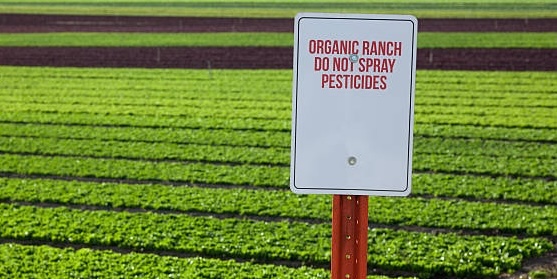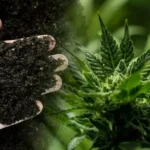Organic pest control is becoming a cornerstone of modern agriculture, offering eco-friendly and effective alternatives to synthetic pesticides. For both large commercial growers and small-scale farms, these practices not only protect crops but also safeguard ecosystems. Utilizing organic methods, beneficial insects, and integrated pest management (IPM) strategies can significantly enhance sustainability while maintaining productivity.
What Are Organic Pesticides?
Organic pesticides are derived from natural sources such as plants, minerals, or microorganisms. While they minimize chemical residues in the environment, they are not inherently risk-free and require careful application. Popular organic options include:
- Neem Oil: Effective against a range of pests like aphids and spider mites, neem oil also suppresses fungal diseases.
- Pyrethrin: Extracted from chrysanthemum flowers, it targets broad-spectrum insect pests but can also harm beneficial insects.
- Sulfur and Copper Compounds: Primarily used to manage fungal pathogens but must be applied judiciously to prevent soil accumulation.
For commercial operations, these pesticides can be integrated with other sustainable practices to meet high regulatory standards while maintaining crop quality.
Beneficial Insects: Nature’s Pest Control
Beneficial insects play a vital role in organic pest management. Commercial growers increasingly adopt these allies to reduce chemical dependence and achieve long-term pest control. Examples include:
- Ladybugs: Voracious predators of aphids, mealybugs, and scale insects.
- Lacewings: Effective against soft-bodied pests like thrips and whiteflies.
- Parasitic Wasps: Target specific pests like caterpillars and fly larvae by laying eggs inside them.
By creating habitats that encourage beneficial insects, such as cover crops or hedgerows, growers can establish a self-sustaining pest control ecosystem.
Integrated Pest Management (IPM) for All Scales
IPM combines biological, cultural, mechanical, and chemical control methods for a holistic pest management strategy. It’s equally effective for small gardens and large agricultural operations:
- Monitoring and Identification: Regular scouting helps identify pest populations early, minimizing the need for broad-spectrum pesticides.
- Cultural Practices: Rotate crops, maintain soil health, and use resistant varieties to prevent pest infestations.
- Mechanical Controls: For commercial farms, techniques like pheromone traps or netting can physically exclude pests.
IPM ensures that organic pesticides are used as a last resort, reducing costs and environmental impact.
Tailored Solutions for Commercial Farms
Large-scale operations require scalable organic pest control methods:
- Precision Agriculture: Use satellite imagery and field sensors to pinpoint problem areas, applying treatments only where necessary.
- Bio-Control Products: Introduce beneficial nematodes or microbial pesticides like Bacillus thuringiensis (Bt) to manage specific pests without harming non-target organisms.
These practices enhance efficiency and help meet regulatory requirements for sustainable production.
Considerations for Small-Scale Farms
Smaller farms benefit from organic pest control due to reduced dependency on costly synthetic inputs. Practices include:
- Homemade Organic Sprays: DIY options like garlic or chili-based sprays provide low-cost solutions for pest control.
- Companion Planting: Strategically plant pest-repellent crops like marigolds or basil alongside main crops to deter pests.
Environmental and Economic Benefits
Adopting organic pest control not only protects the environment but also enhances profitability. For commercial farms, organic certification opens new market opportunities with premium pricing. Smaller operations benefit from healthier crops and reduced input costs, contributing to long-term sustainability.
Conclusion
Organic pest control bridges the gap between sustainable agriculture and effective pest management. By combining organic pesticides, beneficial insects, and IPM strategies, growers of all sizes can protect their crops while preserving ecosystems. Tailored approaches, whether for small farms or large commercial operations, ensure productive and eco-friendly agriculture for the future.





